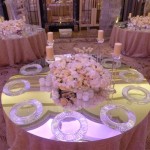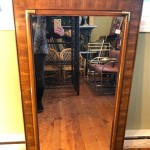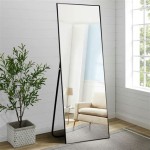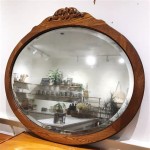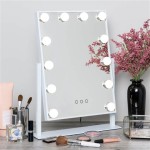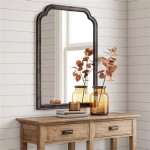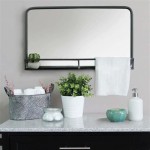Hanging a Heavy Mirror in a Bathroom
Bathroom mirrors are essential, serving both functional and decorative purposes. Larger, heavier mirrors can significantly elevate a bathroom's aesthetics, but their weight presents unique installation challenges. This article provides a comprehensive guide to safely and securely hanging a heavy mirror in a bathroom environment.
Understanding Wall Types and Anchors
Before attempting to hang a heavy mirror, it is crucial to identify the wall type. Different wall types require different anchoring methods. Drywall, a common material in many homes, requires specialized anchors to support significant weight. Failing to use the correct anchor can result in the mirror falling, causing damage and potential injury. Common wall anchors include toggle bolts, molly bolts, and screw-in drywall anchors. Toggle bolts are suitable for hollow walls, offering substantial holding power. Molly bolts are also suitable for hollow walls and expand behind the wall to distribute weight. Screw-in drywall anchors are appropriate for lighter weights and less secure than toggle or molly bolts for heavier mirrors. For solid walls, such as those made of concrete or brick, heavy-duty screws or masonry anchors are typically required.
Determining the appropriate anchor also involves assessing the mirror's weight. The packaging or manufacturer should provide weight information. Consult the anchor packaging for weight limits and choose an anchor with a capacity exceeding the mirror's weight. Oversizing the anchor provides an additional safety margin. When in doubt about the wall type or necessary anchor, consulting a professional contractor is recommended.
Accurate Measurements and Marking
Precise measurements are essential for ensuring the mirror hangs level and in the desired location. Begin by measuring the mirror's width and marking the center point on the wall where the mirror will be placed. Measure the distance from the top of the mirror to the hanging hardware on the back. Transfer this measurement to the wall, measuring down from the previously marked center point. This will determine the placement of the top mounting points. Using a level, ensure the marked points are perfectly horizontal. Inconsistencies in horizontal alignment will result in a crooked mirror.
If the mirror has two hanging points, measure the distance between them and mark corresponding points on the wall, ensuring they are equidistant from the center mark and level. For mirrors with D-rings or wire hanging systems, the marked points will indicate where the anchors or screws need to be installed. Double-checking all measurements is paramount before proceeding to the installation phase to avoid unnecessary holes in the wall.
Safe Installation Procedures
With the measurements finalized and marked on the wall, the installation process can begin. If installing anchors in drywall, drill pilot holes slightly smaller than the anchor diameter. Insert the anchors following the manufacturer's instructions. For solid walls, drill pilot holes appropriately sized for the chosen screws or masonry anchors. Once the anchors or screws are securely in place, carefully hang the mirror onto the hardware. Heavy mirrors often require two people for safe lifting and maneuvering. One person can hold the mirror in place while the other checks the alignment and secures any necessary fasteners.
After hanging the mirror, use a level to confirm its proper alignment. Adjust as needed by slightly loosening the screws or anchors and repositioning the mirror. Once the mirror is level, tighten all fasteners securely. For added safety, consider applying a thin bead of mirror adhesive to the back of the mirror where it contacts the wall. This adhesive helps prevent the mirror from shifting or vibrating. After the adhesive dries, clean any excess from the mirror and surrounding wall.
Essential Tools and Safety Precautions
Before starting the installation, gather the necessary tools. These typically include a drill, appropriate drill bits for the wall type and anchor size, a level, a measuring tape, a pencil, a stud finder (if necessary), and safety glasses. Wearing safety glasses is crucial to protect eyes from dust and debris during drilling. When working with heavy objects, wearing gloves is also advisable to improve grip and prevent injuries.
If unsure about any aspect of the installation process, seeking professional assistance is always the best course of action. Professionals have the experience and expertise to handle complex installations and can help avoid potential problems. Improper installation can lead to damage, injury, or the eventual falling of the mirror.

How To Hang A Heavy Mirror Diy Family Handyman

How To Install A Mirror Without Frame Merrypad

How To Hang A Heavy Mirror Lowe S
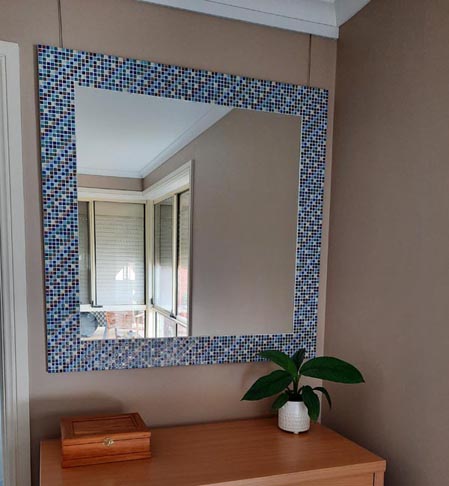
How To Hang A Very Heavy Picture Or Mirror The Best

How To Hang A Hanging Mirror Without Accompanying Hardware
:strip_icc()/DesireeBurnsInteriors1-f76d25cad90041c88fbae4a7dc10aab4.jpg?strip=all)
2 Simple Ways To Hang A Frameless Mirror

How To Hang A Heavy Mirror C R F T

How To Hang A Heavy Mirror Lowe S

The Best Ever Picture Hanging System French Cleat

How To Hang A Large Or Heavy Mirror

